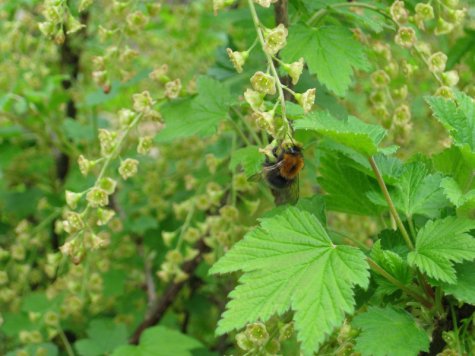Who are bumblebees?
Text Eneli Viik
Photo Evelii Viik
Translation: Liis
Bumblebees are chunky, furry and colourful insects belonging to the Hymenoptera, membrane-winged insects, order, and the bee family. They have many folk names such as earth bees, wild bees and others, and they can be found in forests, fields, meadows, gardens in the countryside as well as in cities. There are bumblebees throughout the world except in Australia and the tropics. There are over 250 bumblebee species in the world; of those 68 in Europe. Bumblebees can be grouped in "true" bumblebees and their nest parasites – cuckoo bumblebees. In Estonia certainly 21 species of true bumblebees occur and 7 species of cuckoo bumblebees. In addition, 3 more species of true bumblebees have been noted occasionally. In the texts true bumblebees are generally meant by the designation ”bumblebee”.
A bumblebee’s body consists of head, thorax and abdomen or rear body. 6 jointed legs are attached to the thorax. Bumblebees have long segmented antennae; large compound eyes gleam on both sides of the downwards-pointing head. Black simple or primitive eyes (oculli) are located between them either in a triangle or as three points on a line. The four wings are folded on the back and cover the centre of the back and the first segments of the abdomen as a narrow glossy band.
Bumblebees are insects with a furry coat the colouring of which can contain black, white, red, orange, grey, yellow, brown and variations of these. Each bumblebee species has its own specific colour combination and according to this bumblebees in Estonia can be grouped as follows:
· brown species (8),
· black species, with red abdomen tip (3).
· black species with two yellow stripes (4),
· black species with three yellow stripes (3),
· variably-coloured species (1),
· grey species (2)









